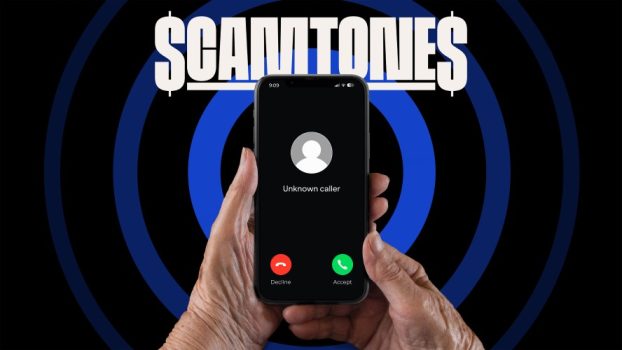One year ago, Strategy inaugurated a new feature: an annual special report devoted to recognizing the accomplishments of leading clients in the Canadian marketing community.
This year, as before, Strategy’s editorial staff reviewed the year’s news and chose 10 clients, representing as many business categories, that stand out clearly as exemplary marketers.
These selections are based upon what we consider the fundamental tenets of good marketing: sales results, attention to brand development, innovation and relationships with suppliers.
Also in this report:
Top Clients by category:
– Top Client Overall: NBA Canada stands tall as 1996 Top Client: Last 15 months a whirlwind as NBA Canada imports promotional and entertainment-based version of sports marketing p.18
– Financial Services: Bank of Montreal campaign a ‘Sign of the Times’ p.20
– Computer & Office Equipment: Hewlett-Packard blazes into consumer market p.20
– Fashion: Club Monaco as much a concept as a clothing retailer p.21
– Automotive: General Motors enhances its brands p.22
– Retail: Wal-Mart rules p.22
– Telecommunications: Bell Canada going the distance to stay competitive p.23
– Food and Beverage: Kellogg broadens cereal category p.23
– Alcoholic Beverages: Sleeman builds on past in quest for national presence p.23
Ted McKechnie is banking on the fact that Canadian snackers are an experimental – and fickle – bunch.
McKechnie is president and ceo of Small Fry Snack Foods, the Cambridge, Ont. company that made headlines in December 1994 when it bought out Humpty Dumpty Foods, thus becoming the country’s No. 2 snack food operation after Hostess Frito-Lay.
The burning question then, as now, was: what would this upstart do to sustain and gain market share?
According to McKechnie, the strategy isn’t that complicated. ‘We’ll grow the market,’ he says.
The company, which currently owns about 20% of the $1-billion potato chip business in Canada, plans to spot taste trends and respond quickly by introducing new products within its existing brands.
Small Fry added one new brand – Extreme – earlier this year and has poured considerable energy into its promotion.
Billed as extreme in both taste and packaging, the new brand will be the company’s chameleon, switching flavors every year depending on what’s hot, and what’s not.
‘There are niche opportunities,’ says McKechnie. ‘The snacker will try everything.’
The snacker is even more inclined to try if it’s free, which is why McKechnie stresses the importance of introducing consumers to Small Fry’s brands through sampling.
Sales promotions also figure prominently in the game plan – as does packaging.
The Humpty Dumpty logo has been redesigned, and now features a character for each of the five brands, while the new Extreme chips come in bright, funky bags created using computer-enhanced photography.
Because it lacks the resources of heavyweight Hostess Frito-Lay, Small Fry approaches marketing and advertising differently.
McKechnie says the company will continue to use some traditional advertising, particularly radio, but most of its efforts will go towards store positioning and distribution. Pairing the brands with compatible store products, such as soft drinks, is a key tactic.
Small Fry currently operates divisions in Ontario, Quebec and Atlantic Canada. While the company has no immediate plans to move either westward or into the u.s., these may be in the cards at some point down the road, McKechnie says.























